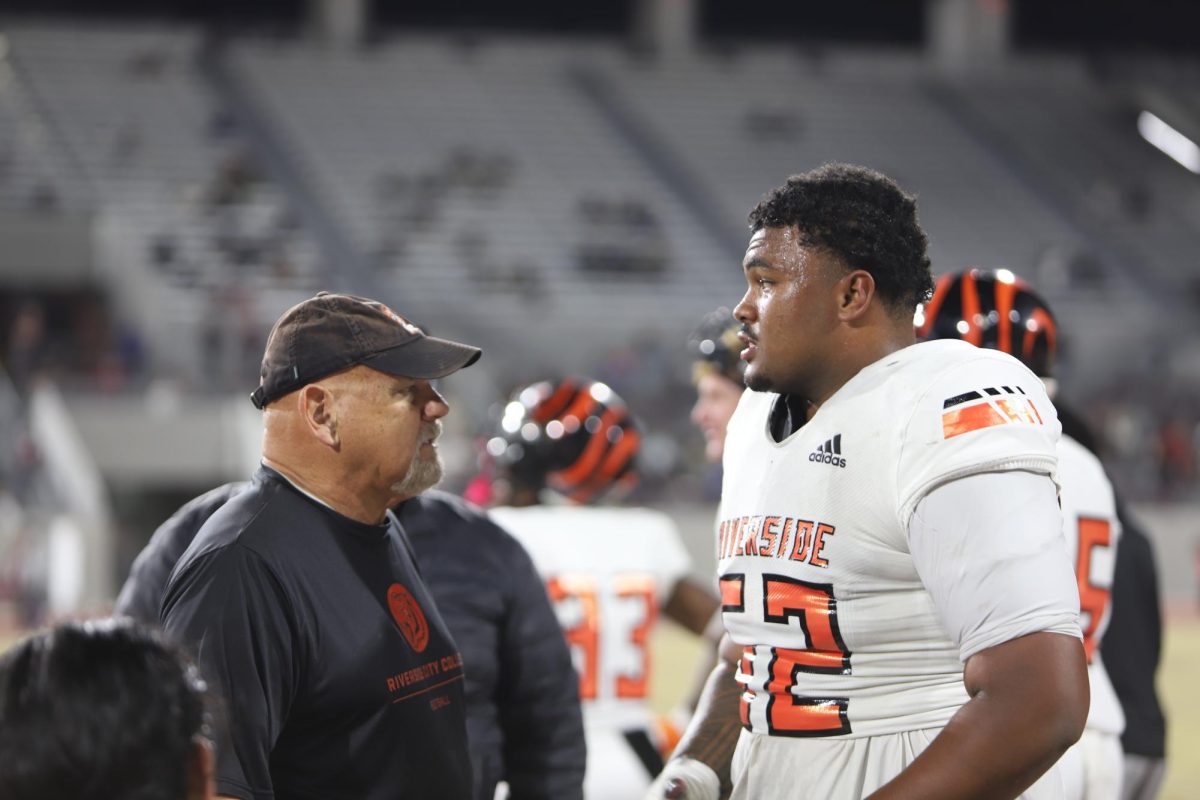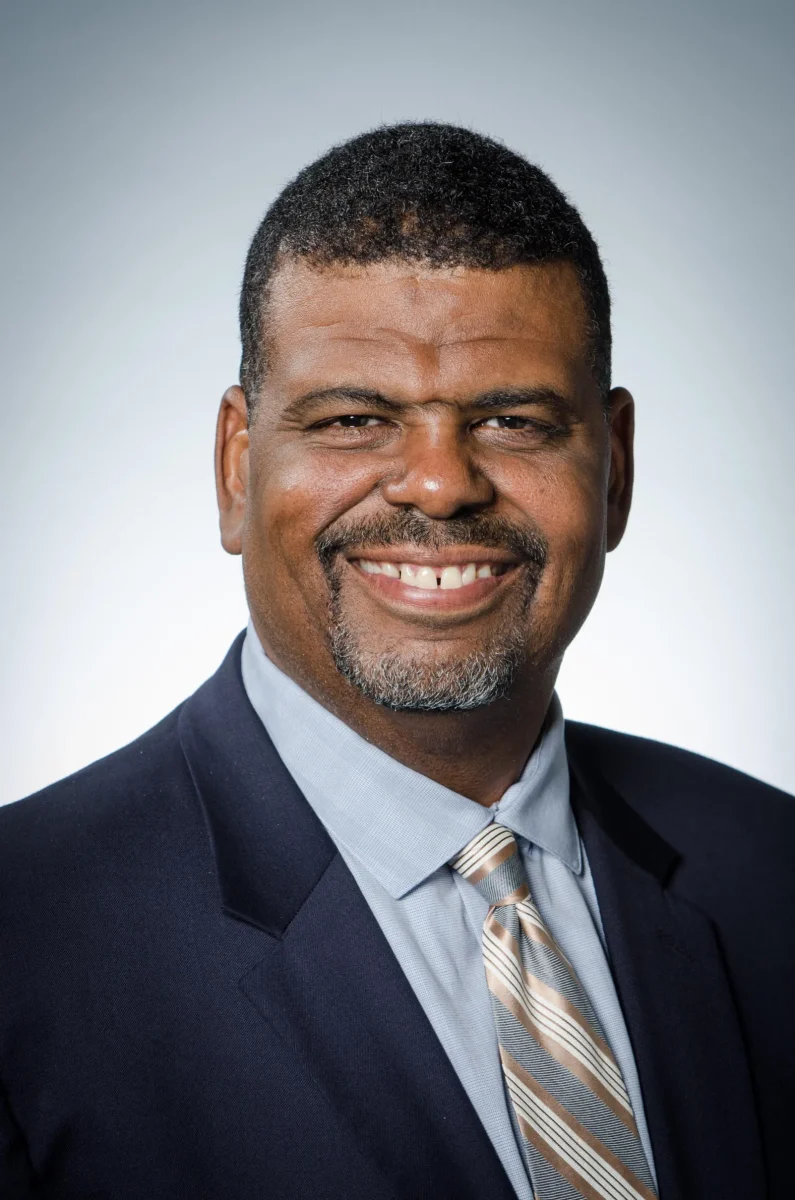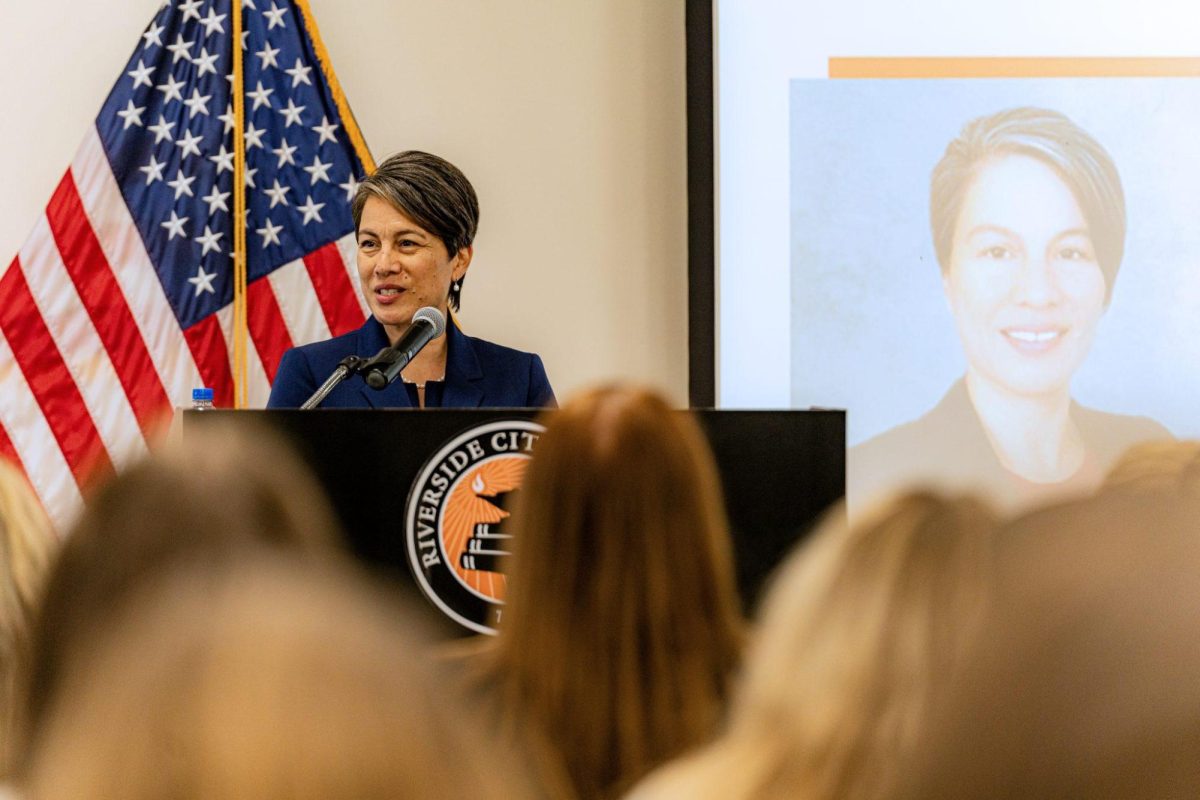By Anthony Gutierrez / Staff Writer
By Anthony Gutierrez / Staff Writer
Football is a collision sport, a barbaric game displaying speed, strength, intelligence and violence.
Because of the constant exposure to injury from being repeatedly hit, the sport has always posed the very real and serious threat of injury or even death to all who decide to step out on the field and play.
Throughout its history countless rules have been modified to protect players from exposure to injuries, but the sport remains one of the most dangerous any athlete can choose to participate in.
Changes in regulations are frequent, a reaction to the players that continue to evolve year by year into bigger, stronger, and faster athletes. Trauma from hits can result in minor injuries ranging from cuts, bruises, and sprains to more serious damage such as ligament tears, broken bones, and paralysis in some cases.
On Oct. 16, 2010, Rutgers defensive tackle Eric Legrand’s career ended when he was paralyzed from the neck down after tackling a ball carrier during a kickoff return, fracturing his C3 and C4 cervical vertebrae. In recent studies it was proven that more than 40 percent of ex-NFL players are suffering from depression and dementia.
On May 2, 2012, former San Diego Chargers linebacker Junior Seau was found dead in his bed at his home in Oceanside, CA by his girlfriend, with an apparent self-inflicted gunshot wound to his chest.
There were rumors that he suffered from brain damage due to Chronic Traumatic Encephalopathy, a condition related to concussion-related brain damage with depression as a symptom.
An autopsy report released later in Aug. 2012 by the San Diego County medical examiner disproved this theory, revealing his brain showed no signs of damage.
In June of 2012, it was reported that the NFL is currently facing lawsuits from approximately 3,000 former players claiming the league negligently handled the treatment of injuries suffered from concussions.
Although the NFL enforces fines weekly for illegally striking the head, neck or face area and “launching” oneself towards a ball carrier, these injuries are still persistent.
In an effort to revolutionize player safety, official helmet supplier of the NFL, Riddell has designed a helmet called the Revolution IQ that records the frequency and severity of impacts a player receives during practice or games.
A relatively unknown fact is that on nearly every play in a game these players are subjected to hits varying from 50-100g. G’s are a measurement of G-Force, which is a measurement of acceleration against the Earth’s gravitational pull. 100g is the equivalent to hitting a windshield in a 25 mile per hour car accident.
Equipped with six sensors placed at the crown, sides, and back of the helmet, it records the measurement of G-force during impact.
The Head Impact Telemetry System and Sideline Response System allow coaches and trainers to monitor on-field collisions on the sideline via wireless communication.
Made commercially available for $999, this technology can be used to accurately determine how much force causes a concussion and what areas are more susceptible to injury.
The helmet is already being used by several NCAA programs, while multiple NFL teams are seriously considering incorporating the technology as soon as possible.
In studies done by the University of North Carolina between 2004-2006, players who wore the helmet during practices were shown to be more susceptible to concussions from hits just above 60g while others showed no signs of injury after a hit above 90g.
Six out of the 13 players evaluated sustained concussions due to impacts delivered at the top of their head, as opposed to the sides.
This information showed team doctors, coaches, and trainers that the location of impact plays more of a significant role in brain injuries.
By studying these impact patterns, measurements, and pin-pointing areas that are more susceptible to concussions and brain damage, Riddell hopes to understand how much force causes concussions and use the research obtained to develop helmets that protect players more efficiently in the future.






